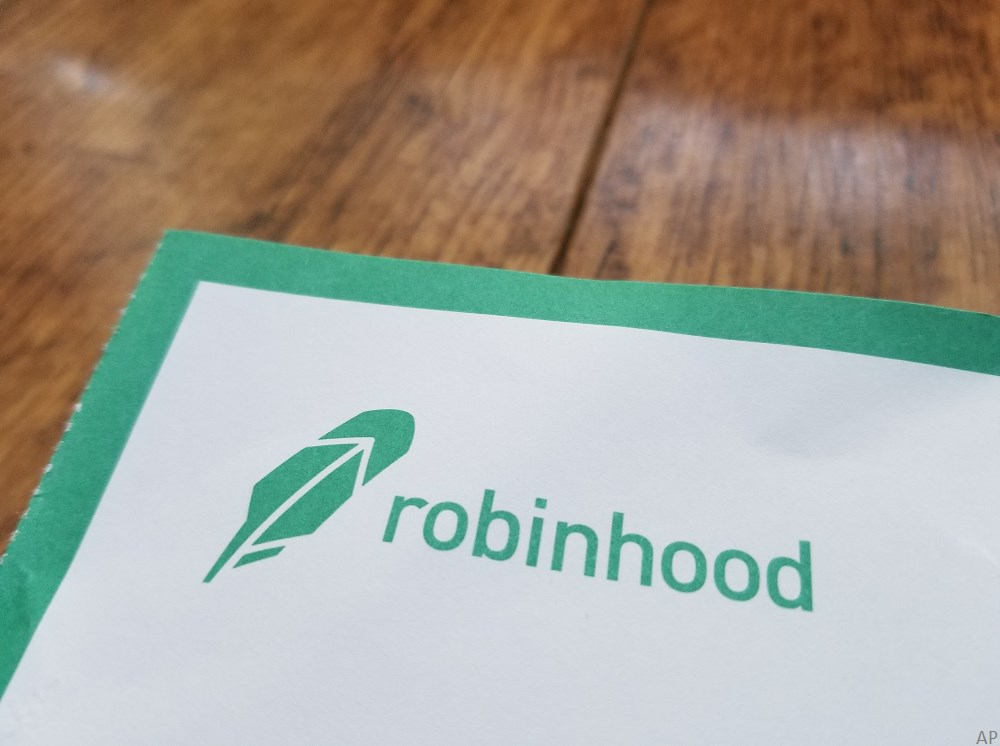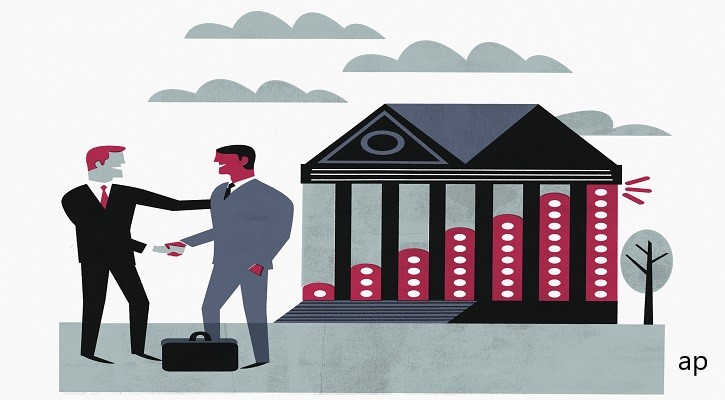
Something for Nothing?
One wondered about Robinhood’s business model. The discount brokerage, which debuted in 2015, gives away trades. How, then, could the firm earn its keep? According to Robinhood’s early disclosure, its revenues came from two channels: 1) convincing customers to upgrade to its Gold service, 2) interest, either collected from its investors’ cash accounts or gained by lending securities.
Hmmm. The company’s Gold service, which offered extra benefits such as after-hours training and margin trading, would never generate enough revenue to pay the company’s bills. And while interest receipts are critically important for Robinhood’s rivals, those companies boast much larger average customer accounts than does Robinhood, which targets millennials. (Charles Schwab’s (SCHW) current average account size is estimated to be 50 times larger than Robinhood’s).
Well, no worries. Robinhood wouldn’t be the first company to emphasize attracting customers out of the gate, then addressing profitability later. Savvy consumers have learned to take advantage of companies’ initial generosity. Besides, Robinhood gave its word. From spring 2017 through autumn 2018, its “How Robinhood Makes Money” FAQ cited Gold upgrades and cash interest as the firm’s sole revenue streams. The company wouldn’t publicly lie, would it?
The Commission Has Spoken
Think again. Last week, the Securities and Exchange Commission contradicted Robinhood’s initial disclosure. Throughout the company’s history, the SEC found, Robinhood has received additional income from a source that its FAQ had failed to mention: other broker/dealers, also known as “principal trading firms.” In exchange for payments, Robinhood would send its investors’ transaction requests to such firms, which would execute the trades themselves.
Such behavior is not unusual. Broker/dealers routinely offload their customers’ transactions rather than process them internally. Nor is it remarkable that Robinhood was compensated for those deals. Within the brokerage industry, “payment for order flows” is a standard business practice, albeit one that is little-known by retail investors, as brokers tend not to publicize such deals.
While these arrangements are frequently derided as kickback schemes, it’s worth noting that, per the SEC’s report, “most retail broker/dealers obtain price improvement on the vast majority of customer orders that they send to principal trading firms.” In other words, when an investor’s trade request is sold to outside parties (that is, principal trading firms), those outsiders typically provide better prices to the investor than are publicly available, as measured by current stock quotes.
That Robinhood sold its order flow is unremarkable, but the scale of its activities certainly merits comment. Forbes reports that in the first quarter 2020, 70% of Robinhood’s revenues derived from payments for order flows, as opposed to 17% for E-Trade and just 3% for Schwab. Yes, Robinhood has observed standard practice–but with distinctly above-average enthusiasm.
There's a Bigger Problem
The question then arises: Have order-flow payments dominated Robinhood’s revenue stream because the company receives so little income from other sources, or because Robinhood’s sales practices are abnormally aggressive? The former would raise concerns about the company’s viability, but not about its customer treatment. The latter, though, would raise the possibility that Robinhood’s customers have indirectly footed the company’s bill.
That Robinhood had dissembled was public knowledge when the SEC began its investigation, as the company’s involvement in order-flow sales was publicly outed in September 2018 (which led to Robinhood revising its FAQ one month later). Consequently, the SEC realized when starting its inquiry that, at the very least, it had an open-and-shut case for improper disclosure. What it didn’t know was whether Robinhood had feathered its own nest from its customers’ beds.
That, regrettably, is what it discovered. The SEC’s investigation revealed the secret behind Robinhood’s high order-flow revenues: The company charged principal trading firms much more than the going rate. Typically, the SEC found, payments for order flow equal about 20% of the average price improvement that investors realize on their trades. But Robinhood insisted on receiving what amounted to 80% of the improvement: 4 times the customary level.
When Robinhood made that demand, the principal trading firms with which it was negotiating informed the company that something had to give. If Robinhood were to take that much of the proceeds for itself, then “there would be less money available for the principal trading firms to provide price improvement for Robinhood’s customers.” In other words, Robinhood explicitly was informed that more for it meant less for its customers. The company accepted those terms.
Failure to Monitor
The story gets worse. Despite being informed that its high order-flow fees would affect the execution of its investors’ trades, for two years Robinhood’s Best Execution Committee, which was tasked with monitoring the competitiveness of the company’s services, “took no steps to determine whether Robinhood’s payment for order flow rates were having a negative impact on the execution prices that Robinhood’s customers received.”
In October 2018, when Robinhood removed the errant FAQ from its website, the company finally started a “more extensive internal analysis, which showed that its execution quality and price improvement metrics were substantially worse than other retail broker/dealers in many respects, including the percentage of orders that received price improvement and the amount of price improvement, measured on a per order, per share, and per dollar traded basis.”
The SEC’s order officially censures Robinhood for its actions, fines the firm $65 million, and requires that the company work with an independent consultant to ensure that henceforth it will satisfy its duty of best execution.
In Conclusion
Most Robinhood investors probably suspected that there was a catch. There's no such thing as a free lunch, as the saying goes. But it’s difficult to resist the temptation of receiving something for nothing, plus investors greatly prefer paying indirect fees, through opaque arrangements, to paying explicit costs. So, they went along for the ride.
Overall, Robinhood’s investors may not have been harmed by their decision. The SEC identified US$34 million that Robinhood customers lost by not receiving best execution, which is much less than the money they saved by forgoing trading commissions. (That said, their losses might also be much higher. That $34 million comes only from “certain” transactions, which might be the tip of the iceberg that the SEC possessed the ability to measure.) They were, however, duped.
This tale also illustrates the point that you can move companies from Wall Street to Silicon Valley, and replace cynical baby boomers with optimistic millennials (Robinhood’s co-founders are in their mid-30s) who issue rousing mission statements, such as Robinhood’s promise to “democratize finance for all,” but ultimately the underlying math does not change. Sometimes, a business decides that its fortunes may diverge from those of its customers. Caveat emptor.
How Exposed Is Your Equity?
Get The Global Makeup Of Equity Indexes With Our Free Tool Here




















